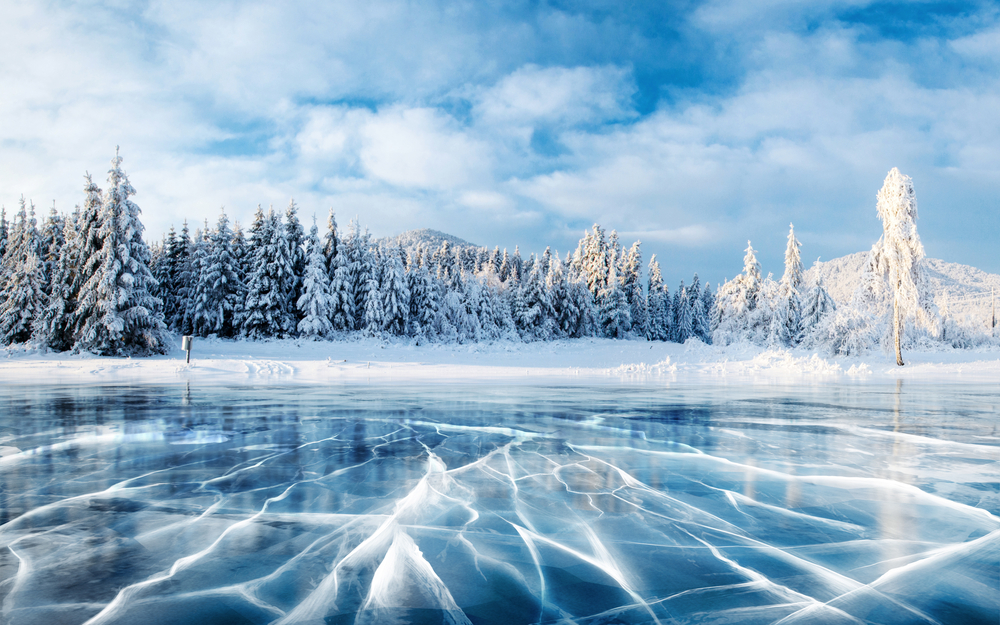
In plenty of places around the planet, winter can be a cold and dark season. Whether it comes in the form of a snowstorm or endless days of frigid air, avoiding the touch of winter can be a challenge. It makes sense that there have been plenty of fascinating stories told throughout the world to explain or give warning about the spirits of winter. From temperamental spirits to literal ice queens, here are a few of the ways winter has been personified.
Gramma Frost
The story of Jack Frost is one familiar to many people throughout Europe and the United States. However, there’s another Frost who has a reputation in the Middle East. The Iranian figure of Nane Sarma, also known as Gramma Frost, is said to be responsible for the chill that comes along with the winter. According to folklore, she is the wife of Uncle Nowruz, who is the embodiment of the Iranian New Year. Though her origins are difficult to trace, there have been more stories involving Nane Sarma published in recent years.
Itztlacoliuhqui
The Aztec calendar played a huge part in dictating culture, customs, and beliefs for pre-Colombian regions of Mexico. One deity who figured prominently in the winter was Itztlacoliuhqui. Said to be the embodiment of both frost and matter in a lifeless state, this god was often associated with an obsidian blade. It is believed that the Aztec viewed Itztlacoliuhqui as a god of “wintry death,” specifically one who offered a clean end to those who met his sword.
Skaði
Norse mythology is packed with snowy imagery and cold settings. However, one figure often gets lost in the shuffle. Skaði is a Norse goddess of winter often called a “jötunn,” which falls into a category most historians compare to elves and dwarves. According to legend, Skaði also represented skiing, hunting, and mountains. Stories suggest she was married to the god Odin for a time, and depictions of Skaði are common in art to this day.
Beira
People often use the term “ice queen” to refer to a person who isn’t very warm or pleasant to be around. However, the phrase has an entirely different meaning when used to describe the Celtic figure of Beira. Though not named until the twentieth century, Beira appears as the embodiment of winter throughout the writings and traditions of greater Scotland. She is also infamously responsible for the creation of Loch Ness, which was the result of Beira transforming one of her handmaids into a river.
Boreas and Khione
The Ancient Greeks had a god, goddess, or spirit for just about everything found in nature. When it comes to winter, the god Boreas was one of the first associated with the chill. Known as the god of the North Wind, he was often depicted as an all-devouring force set upon the world. The god was one of the Anemoi, deities of the wind who each had an association with a particular direction. Boreas is also the father of the goddess Khione, who represented the snow and other aspects of the chill.
The Three Friends of Winter
Though not gods in the traditional sense, three specific images have long been associated with the spirits of winter in China. Artwork referring to the winter usually features the symbols of a plum, pine, and bamboo. In Ancient China, it was discovered that these plants do not die when the cold arrives. For this reason, the “Three Friends of Winter” have earned a place in art and history as important symbols of enduring the cold of the season.
Though a natural part of the Earth’s annual cycle, winter has a way of making life a bit more challenging. Learning about the spirits of winter can be a fun way to pass the time on a chilly day.

